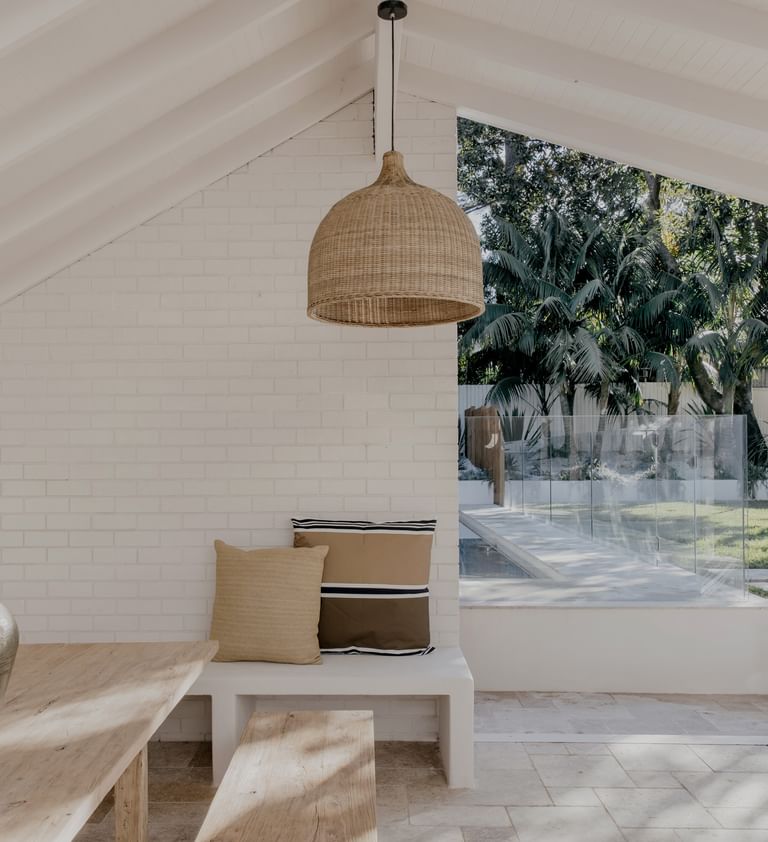The main reason that house rents are starting to stabilise is that affordability issues are starting to take hold. An increasing number of people are unable to afford to live on their own, or in smaller households. This means that more people are looking to share - this includes moving in with friends, moving back home, or with other family members.
This change is most neatly summarised in a particularly clever piece of analysis undertaken by Reserve Bank of Australia earlier this year. This analysis looks at average household size on a monthly basis since the 1980s utilising the ABS Labour Force Survey. Previously average household size was only available through less timely and less frequent surveys such as the Census.
The analysis showed why we saw such strong rental increases during the pandemic, despite seeing such a rapid reduction in population growth. Boosted by higher savings rates, and a desire for more space, more people moved out on their own. One person households hit a peak and more people moved into smaller households. This created higher levels of household formation and the number of people per household hit an all time low.
The analysis also explains why we are seeing rental increases starting to ease right now. In the same way households disbanded, creating lots of new houses, this trend is now happening in reverse. More people are again living together and average household size is starting to increase. This is creating less demand for rental housing.














